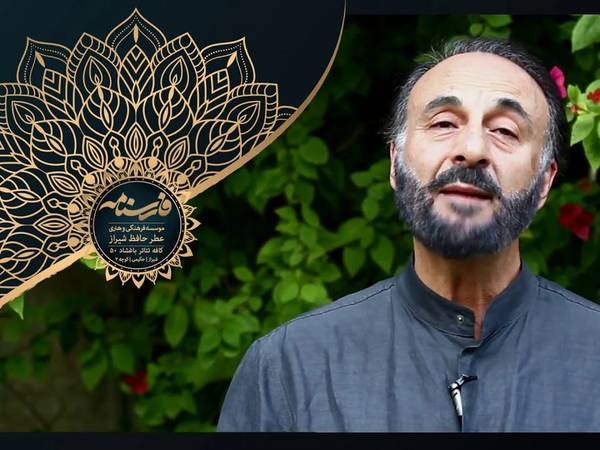Dr Fieda Fuchs, independent scholar and former visiting professor at Oberlin College, calls for a full investigation of an Iranian faculty member suspected of covering up mass executions in 1988.
----------------------------------------------------------------------------------------------------------------------------------------------------------------
On March 3, 2023, Ray English, the former Director of Libraries at Oberlin College, responded to our co-authored op-ed published on February 24, 2023 in which English disagrees with our claim that Oberlin College Professor of Religion Mohammad Jaffar Mahallati played a role in covering up the mass execution of political prisoners in his country (the 1988 “prison massacres”) during his tenure as Iran’s UN Ambassador (1988-89). Rehearsing Oberlin’s official response (published on the college website on October 28, 2021), English argues that the allegations against Mahallati are unsupported by evidence. Mahallati’s defenders rest their case on the top-secret nature of the massacres, which allegedly made it impossible for him to have “real time knowledge” of the events.
We do not doubt that Mahallati’s geographical distance from Iran made it difficult for him to know all the details. However, the international press and Amnesty International began reporting about the massacres already in summer 1988. We know that Mahallati officially claimed that these reports were exaggerated or false. We also know that Mahallati went to Iran in late August 1988 where he met with Hashemi Rafsanjani (the second most important political leader after Ayatollah Khomeini).
Mahallati also misled his UN colleagues by claiming that the massacre’s victims were battlefield casualties. The truth is that most of them had been in prison for years prior to their execution. Finally, Mahallati argued that reputable sources with a long history of professional journalism and human rights investigations (The Financial Times, The New York Times, and The Guardian, and Amnesty International) were misled by left-wing guerrilla fighters based in Iraq who were peddling false information.
Ray English highlights Mahallati’s role as a peace broker in the Iran-Iraq war. He argues that Mahallati’s humanitarian impulses are evident from his effort to set up a UN human rights delegation to investigate claims about possible human rights violations. English also tells us that Mahallati was briefly detained after his official term expired because he fell in disfavor with regime hardliners.
A more careful look at the evidence calls into question these claims. In 2018, Mahallati wrote a letter to the President of the Majlis (Iran’s parliament) in which he denied that he had been detained. Instead, he claimed that these rumors were spread by regime hardliners who branded him as an American spy. Mahallati’s proposal to create a UN delegation to investigate the prison massacres was not necessarily borne of humanitarian impulses either. Rather, it was based on a quid pro quo, whereby Iran’s government would agree to the committee if the UN dropped a censure motion against the country for human rights violations.
According to a New York Times article from 26 November 1988, Mohammed Jafar Mahallati told the General Assembly's Third Committee that “Iran would admit a United Nations human rights investigator and cooperate if the resolution is watered down” and that “the committee has to choose between a confrontation or a cooperative approach.” Thirty-seven UN records and international media reports show that Mahallati conditioned visits to Iran by the UN Special Representative on the removal of critical references to the mass executions from the December 1988 resolution of the General Assembly.
When the UN proceeded to censure Iran for human rights violations anyway, Mahallati rescinded his offer. It was only in 1990, a whole year after Mahallati left his post, that Iran finally allowed UN officials to conduct the investigation. However, the three visits UN officials paid to Iran between 1990 and 1992 were highly staged occasions, as often happens in authoritarian regimes.
As internationally renowned human rights lawyer Geoffrey Robertson noted, Iran denied the UN delegation independent access to prisons, prisoners, and potential witnesses. We also know that Mahallati used diplomatic immunity to defend himself against any allegations of wrongdoing, as he did when he attacked minority Baha’i communities or supported the fatwa against Nobel Prize-winning author Salman Rushdie.
Iran’s leaders have deliberately obfuscated the country’s abysmal human rights record for decades now. In this case, the goal is to demonize the 1988 prison massacre victims as violent left-wing terrorists aligned with Israel and American imperialism. Just how plausible is a conspiracy theory in which Islamic Marxist revolutionaries serve as stooges of Zionism and American power? Oberlin College’s administration should not play the role of a fellow traveler for a dictatorship that systematically violates human rights, not the least of Iran’s women who have stood up against dictatorship so bravely in recent months. Nor should it obfuscate, rather than honestly investigate, the role of a professor in covering up the crimes of Iran’s authoritarian and misogynist regime.
(Note: Dr Frieda Fuchs was mistakenly introduced as "Assistant Professor at Oberlin College" when this article was published. Consequently correction was made.)
Opinions expressed by the author do not necessarily reflect the views of Iran International
